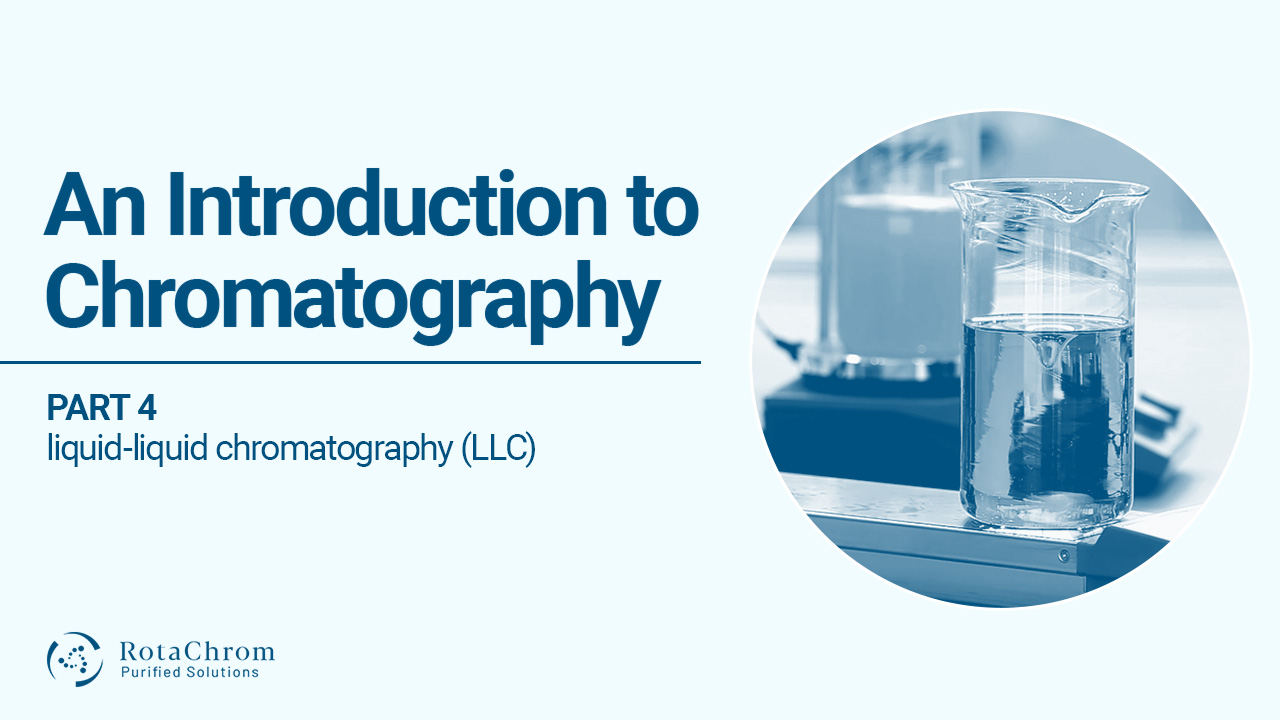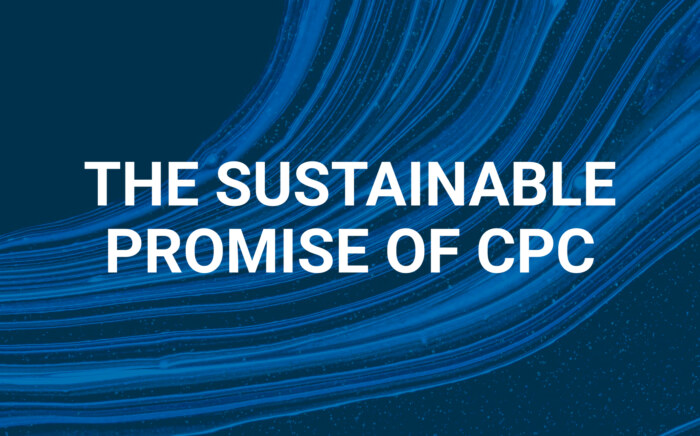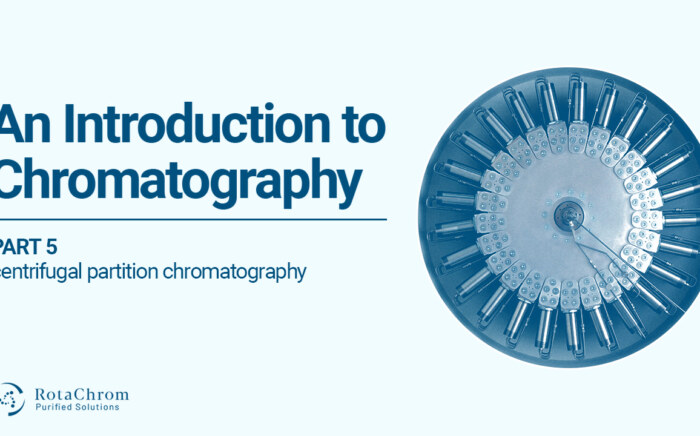Increasing separation efficiency by pH adjustment in Centrifugal Partition Chromatography
NewsIn ‘An Introduction to Chromatography’, we examine the essentials and main aspects of chromatography. Since it is a complex topic, we started with basics (defining chromatography itself, and learning how and where it began) Then, we worked our way up towards more complex topics, such as fraction collection. Our goal is to make chromatography easy to understand, so that anyone can get a grasp of the subject. Since we briefly talked about the different types of chromatography, we wanted to take the time to examine liquid chromatography in a bit more detail. This type of chromatography is going to be the basis of centrifugal partition chromatography later on, so it is an essential part of the picture that needs to be understood.
Are you a chromatography expert already? If so, we have more advanced resources for you. Click the green button if you are interested!
Liquid-liquid Chromatography Basics
Liquid-liquid chromatography (LLC) is a chromatographic separation technique in which both the mobile and stationary phase is a liquid. LLC is a combination of liquid-liquid separation principles combined with the methodology of chromatography.
In this system separation occurs between two immiscible liquid phases. How separation takes place in such a system is based on the differing partitioning behavior of the solutes between the two phases.
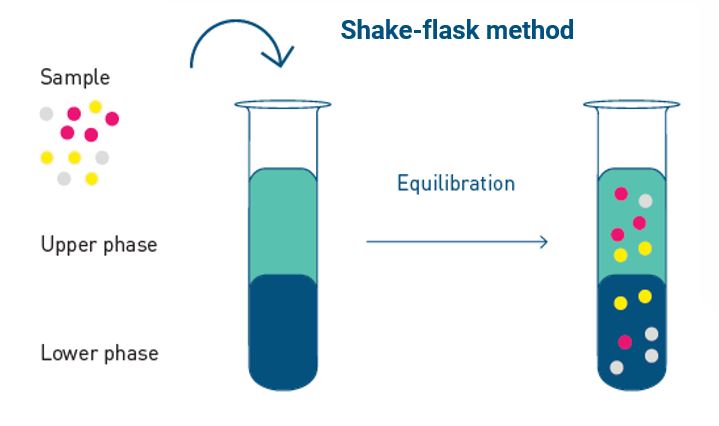 As is the case with traditional chromatographic separation techniques, one of the two phases involved in the process is kept as the stationary phase. This liquid stationary phase is then held in place during chromatographic separation by applying a strong centrifugal force to the system. High sample loading is made possible as the entire volume of the liquid stationary phase can be accessed by the solutes. As a plus, the issue of irreversible adsorption is out of the picture, which means that complete sample recovery is possible with liquid-liquid chromatographic separation.
As is the case with traditional chromatographic separation techniques, one of the two phases involved in the process is kept as the stationary phase. This liquid stationary phase is then held in place during chromatographic separation by applying a strong centrifugal force to the system. High sample loading is made possible as the entire volume of the liquid stationary phase can be accessed by the solutes. As a plus, the issue of irreversible adsorption is out of the picture, which means that complete sample recovery is possible with liquid-liquid chromatographic separation.
The versatility of liquid-liquid chromatography is easily demonstrated through the vast range of different applications, which include separation of synthetic compounds, herbicides, pesticides, botanical compounds, vitamins, amino acids, peptides, proteins, and inorganic elements.
But where is the column?
Traditional chromatographic techniques require some form of a column to perform chromatographic separation. In liquid-liquid chromatography, the column is a specially designed housing mounted on the axis of a centrifuge.
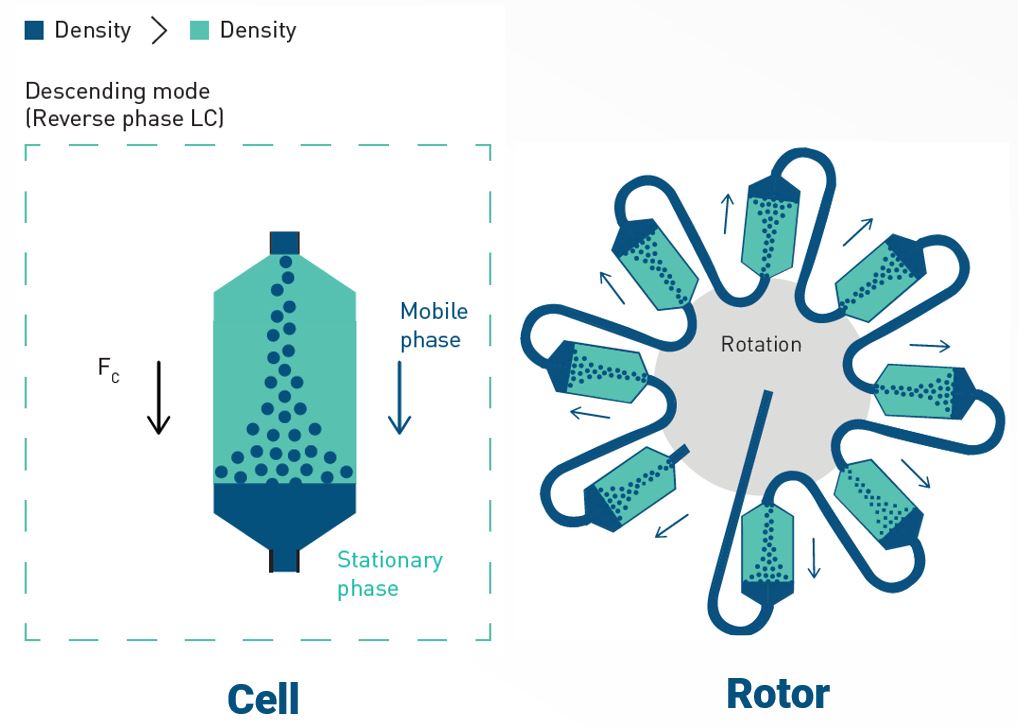 For example, in the case of RotaChrom devices, the column is the rotor and the interconnected cells. Here, the Centrifugal Partition Chromatography cells, attached to a large rotor, are filled with the liquid stationary phase and immobilized by a strong centrifugal force. The mobile phase moves through the stationary phase in the form of tiny droplets. The large surface area of the droplets assures optimal mass transfer between the phases.
For example, in the case of RotaChrom devices, the column is the rotor and the interconnected cells. Here, the Centrifugal Partition Chromatography cells, attached to a large rotor, are filled with the liquid stationary phase and immobilized by a strong centrifugal force. The mobile phase moves through the stationary phase in the form of tiny droplets. The large surface area of the droplets assures optimal mass transfer between the phases.
The logical next step
Liquid-liquid chromatography is a versatile technique which combines the ideas driving extraction and chromatography. Since it uses a liquid stationary phase, liquid-liquid chromatography offers several advantages over traditional liquid-solid chromatographic separation techniques. These positives include the high sample loading capacity and the possibility of lossless sample recovery. LLC is also capable of being used for many target components and can be optimized for many different operating modes. Unfortunately, despite all these benefits, liquid-liquid chromatography is still an underutilized technology, so it is one of our goals at RotaChrom to provide exposure to the technique and the technology.
LLC wraps up the essential elements of our series chromatography. In the coming weeks, we will dive into more advanced chromatographical articles as well. But before that, in our final article, we will go into much more detail about Centrifugal Partition Chromatography. But if you’re curious, take a look at RotaChrom’s Technology page which will give you a head-start in the topic.
Want to get in touch?
Fill in the form below so our representatives can contact you. We will also let you in on more information on our technology.
